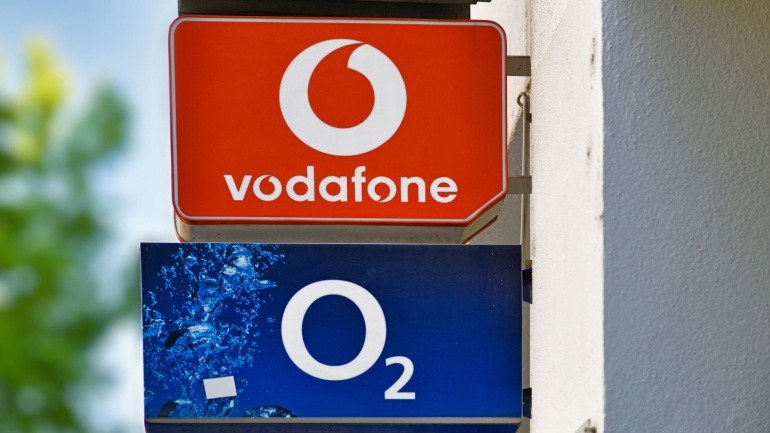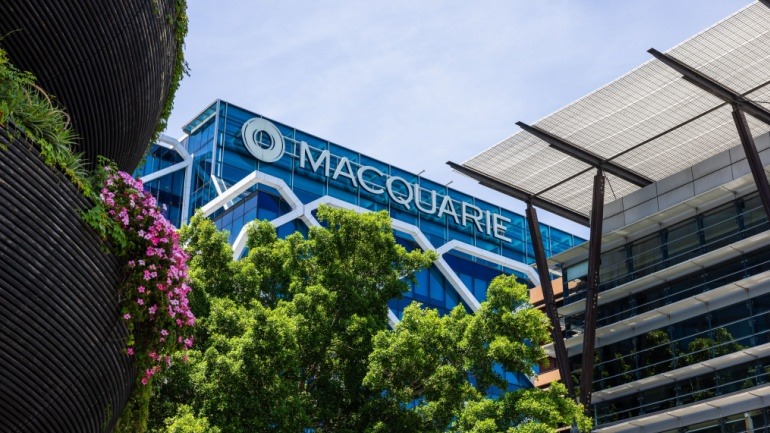As the world continues to rapidly evolve towards a digital era, stakeholders across the telecommunications sector will have to pool their efforts towards innovative ways of linking people, homes, and industries with machines and vehicles.
In the words of the Corporate Senior Vice President and President of the Carrier BG at Huawei, Li Peng, “we will have to create new value with 5G to unleash digital dividends as it delivers higher traffic, more extensive connectivity, more reliable latency, and ubiquitous cloud services and intelligent applications”. This statement was made during his address at the Mobile World Congress Shanghai 2023 conference.
Our continually changing consumer needs necessitate the modernization of networks. One driving factor behind the rise in 5G adoption is the consumer market’s incessant desire for novel experiences. This has served as a catalyst for innovation, leading to the development of new types of content and applications expected to ensure future growth.
To cater to these high expectations, Chinese carriers have introduced new appliances such as New Calling, cloud phones, and naked-eye 3D to better connect customers through video-based calls. This application has had a significant impact on both personal and professional communication, making remote work easier. According to Li Peng, a singled out New Calling user could generate over 1 GB of data weekly.
Meanwhile, cloud phones in China are supporting cloud gaming and mobile offices. The naked-eye 3D application lets users enjoy high-definition content from several perspectives. However, the delivery of these innovative applications by service providers requires them to upgrade their networks for the provision of 10Gbps connectivity.
Promotion of the relevance of spectrum resources in this update is essential. The telecom sector would benefit from accessibility to new frequency bands. Huawei has demonstrated this by conducting field tests to prove that a 10Gbps downlink speed is obtainable on the 6GHz band with the assistance of Extremely Large Aperture Arrays (ELAA). Even so, the rapid growth of the digital ecosystem propounds the need for 5G frequency bands to continue expanding as new applications surface.
A boost in user experiences despite a growing demand in the home segment implies that improvements would be required by telcos. The anticipated rapid growth of the smart home market in the next decade prompted the launch of 5G FWA Square solutions by Huawei to benefit carriers and maximize the potential of this burgeoning market.
On another note, digital transformations in enterprises are being accelerated by 5G, unlike previous technologies. Huawei has supported the trial run of the first 5.5 G-enabled production line, which ensured ultra-high reliability and latency reduction to 4 milliseconds in a high-concurrency environment.
Regarding the increasing importance of 5.5G, carriers will need to upgrade their networks to support 10 Gbps downlink, 1 Gbps uplink, and 100 billion IoT connections to meet new services and experiences customers will require in new scenarios. Looking forward, the telecom sector needs to come together to drive the adoption of 5.5G in order to foster innovation and maximize revenue potential from this technology.







